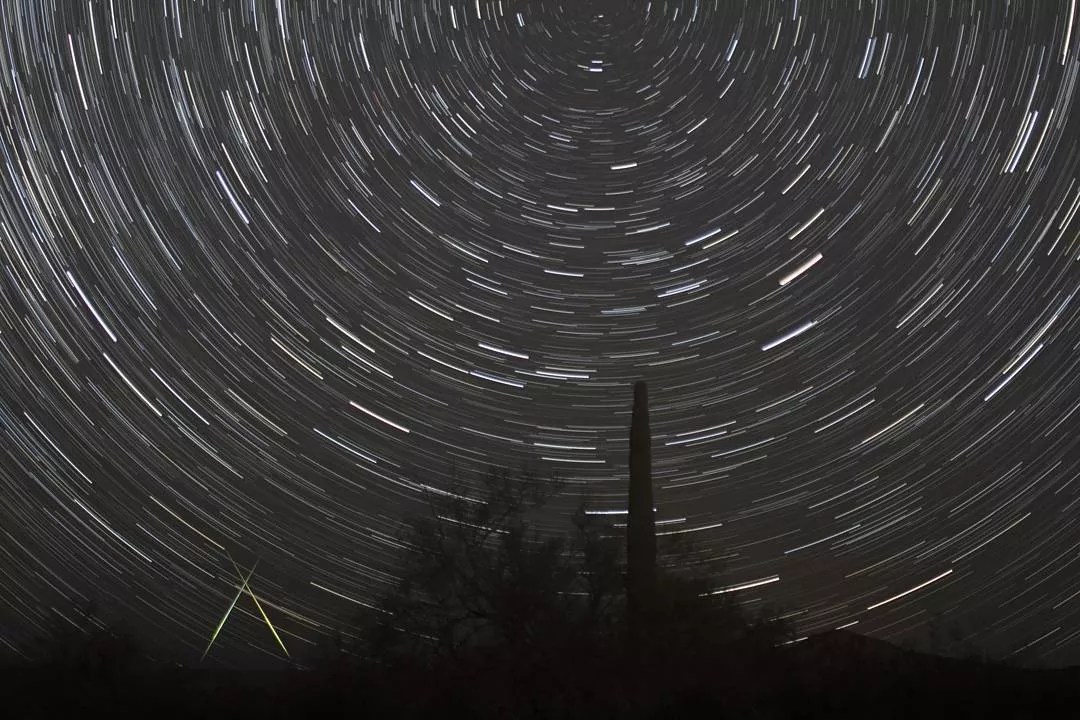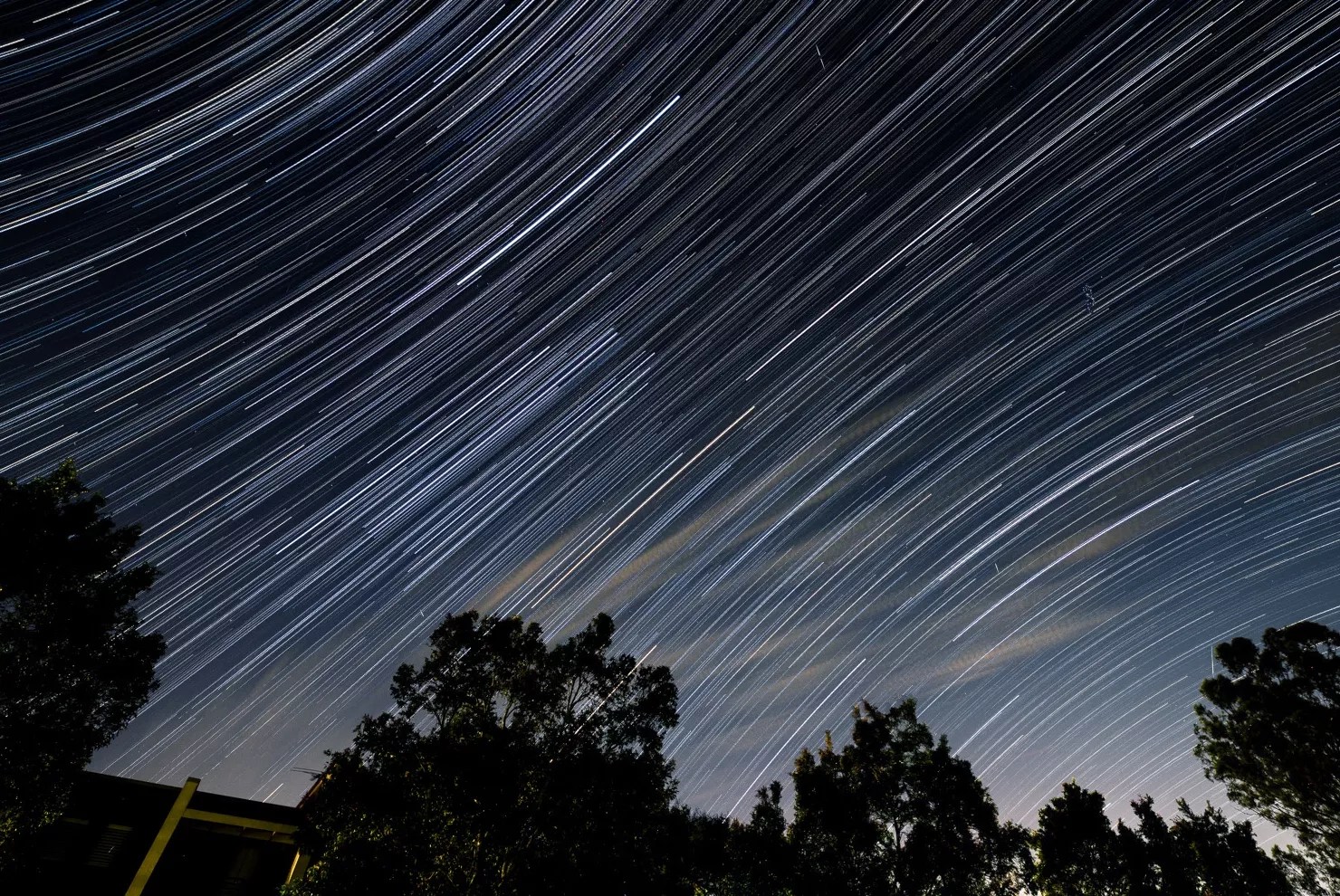
Abbeenormal/Flickr

Audio By Carbonatix
Heads up, skywatchers: The Geminid meteor shower is about to send hundreds of shooting stars hurtling through the night skies over Arizona.
It’s the largest meteor shower of the year and one helluva sight to see.
The Geminid meteor shower, so named because it appears to emanate from the constellation Gemini, occurs every December as Earth traverses a field of debris from an asteroid. The result? More shooting stars than other meteor showers.
At its peak, which occurs on just before midnight on Dec. 13 into the early morning hours of Dec. 14, the Geminid meteor show will cause upwards of 120 meteors per hour to streak through the sky.
This year, make your gift count –
Invest in local news that matters.
Our work is funded by readers like you who make voluntary gifts because they value our work and want to see it continue. Make a contribution today to help us reach our $30,000 goal!
Here’s everything you’ll need to know about when and where to see the Geminid meteor shower over Arizona in 2024.

A time-lapse photo of the Geminid meteor shower from 2021.
Paul Balfe/CC BY 2.0/Flickr (cropped)
When is the Geminid meteor shower in 2024?
The Geminids occur nightly through late December. They’ll peak just before midnight on Friday, Dec. 13, into the early morning hours of Saturday, Dec. 14, with as many as 120 meteors per hour visible in the sky.
What time is the meteor shower tonight?
The constellation Gemini, which is the radiant (or starting point) for the meteor shower, rises in the northwestern sky at 9 p.m. If you can stay up, you should look between 11 p.m. on Friday and 2 a.m. on Saturday.
Where in the sky is the Geminid meteor shower?
Meteors will be visible across the sky, though most will appear to emanate near Gemini. From 11 p.m. until 2 a.m., they’ll be more toward the horizon, including some possible slower-moving and longer-lasting “Earth-grazer” meteors that bounce off the atmosphere. As Gemini rises, so will the meteors, which will be higher in the sky as the night progresses.
Where are the best locations for viewing?
Anywhere with wide-open skies that are as dark as possible and offer little in the way of light pollution. That means driving away from the city lights to the outskirts of the Valley and places like Buckeye, Anthem, Queen Creek or Carefree. If you’re considering driving out to the boonies to get a better view, please be sure to have a fully charged cellphone and enough gas to get there and back.
What causes the Geminid meteor shower?
Like all meteor showers, the Geminids are caused by our planet’s orbit traveling through the debris trails from comets, asteroids, and other stellar objects. In this case, it’s rocks and minerals from 3200 Phaethon, a near-Earth asteroid orbiting the sun. In mid-December, our planet crosses its orbital path, plowing through its remnants like a car driving through a cloud of bugs.